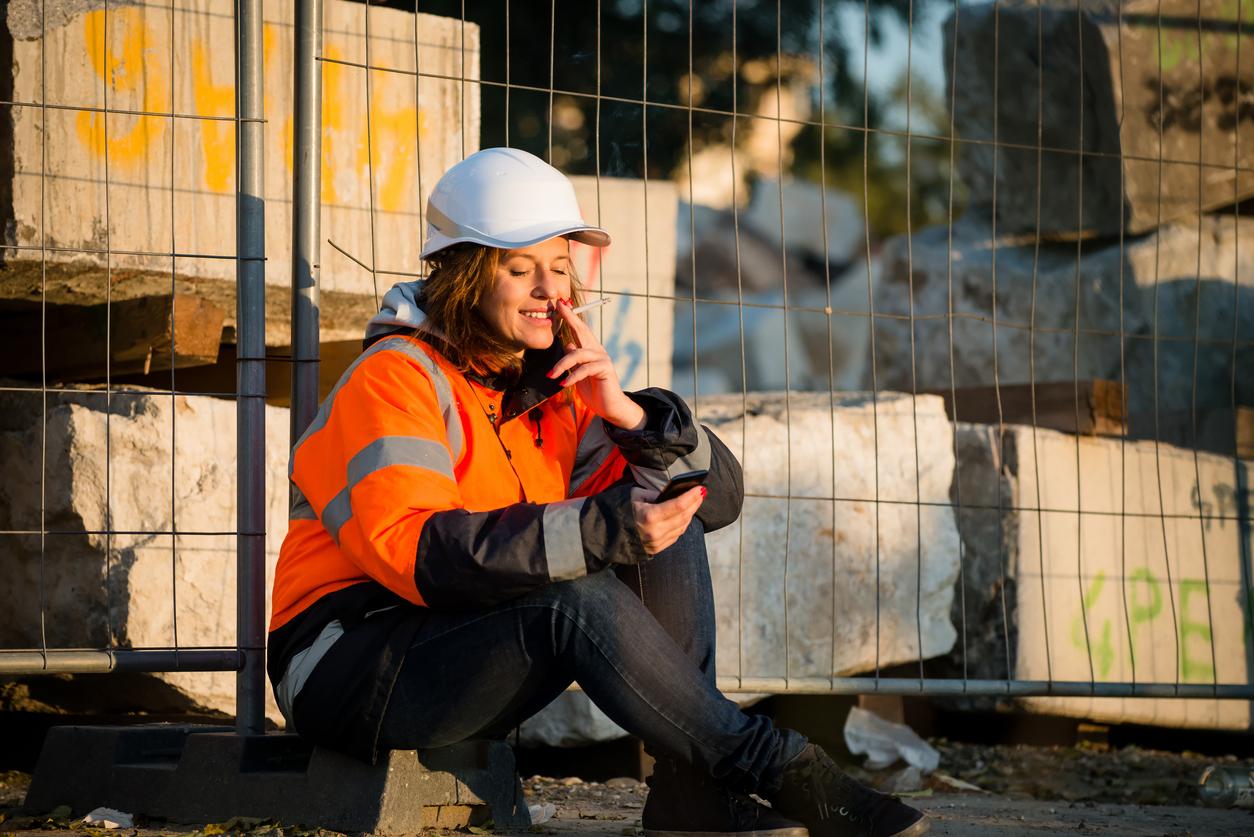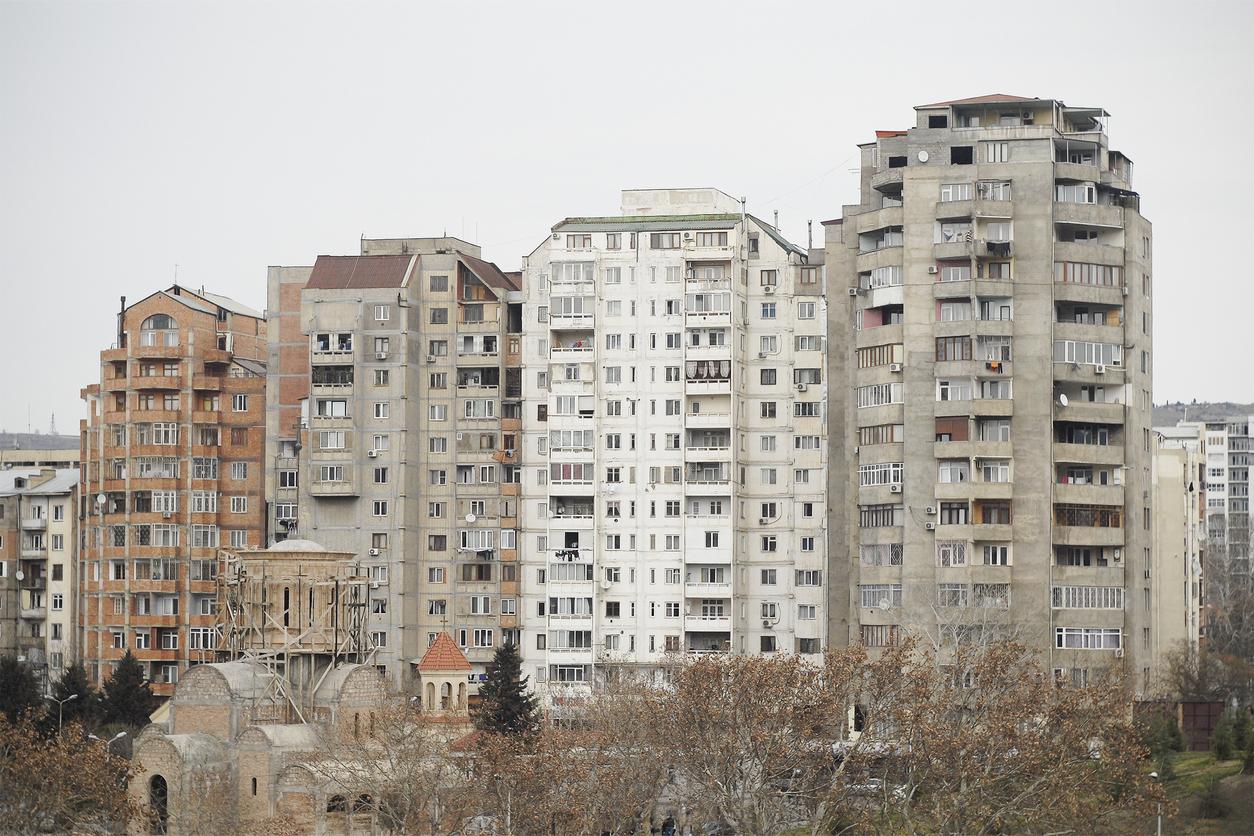While according to figures from the Department for the Animation of Research, Studies and Statistics (Dares), around 6.5 million French employees work on sundayincluding 3 million as usual, the current showdown between the government and the Castorama and Leroy-Merlin brands is reviving the debate on the effects of variations in the pace of work.
In a report posted online on September 6, 2013, entitled “Staggered hours and night work”, the National Institute for Research and Safety (INRS) emphasizes the risks in terms of health and safety related to what is called an atypical schedulei.e. “all non-standard working time arrangements: 5 regular days a week from Monday to Friday, work between 7 a.m. and 8 p.m., with 2 days off per week.”
This kind of schedule change disrupts the biological rhythm and can cause sleeping troubles which, when they become chronic, cause a decrease in alertness which can be a source of accident. Moreover, “a 40% higher risk of accidents without work stoppage is linked to the absence of 48 hours of weekly rest”, notes the INRS. Among other things, atypical schedules would promote the appearance of certain diseases (digestive disorders, stress, depressive syndromes, cardiovascular diseases) and contribute to “premature wear and tear of employees”. While the Institute recalls that the risks vary depending on the individual and their ability to accept these schedules, it also suggests ways of working to mitigate the negative effects:
– Allow employees to anticipate their schedule
– Provide room for maneuver for exchanges of schedules between employees
– Facilitate the articulation of working time with the exercise of family and social responsibilities
– Ensure that shift schedules (start and end) are compatible with public transport schedules
– Make it possible to return to normal hours
– Organize break times, especially during night work
– Be careful to break the isolation of the employees concerned and the monotony of the tasks entrusted to them
– In case of job rotation, allow time for transmissions from one team to another
– Be attentive to the physical work environments such as temperature and light
– Inform employees of the effects of working in atypical hours
– Organize the monitoring of indicators concerning the health of workers, the working atmosphere and absenteeism















